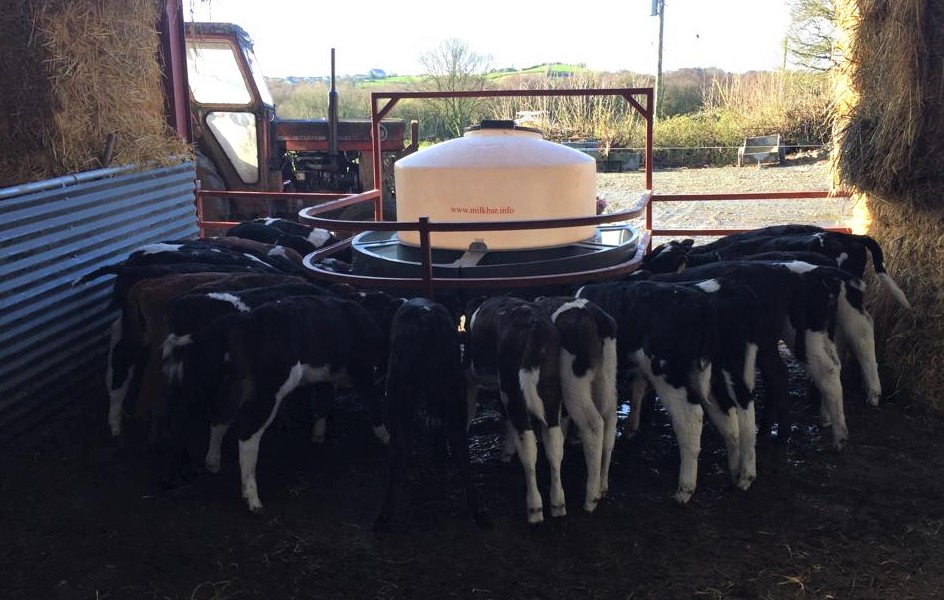Many dairy farmers are guilty of underfeeding their calves, whether they realise it or not. This is because farmers have come from a long tradition of offering calves 2L of milk or milk replacer per calf per feed.
This, Animal Health Ireland (AHI) says, has come from the traditional recommendation that farmers should feed their calves 8-10% of body weight in liquid feed per day – and seen as the average weight of a calf is about 40kg – this usually amounts to 2L/calf/feed.
Under ideal conditions – meaning no stress or disease, low infectious pressure, housing is neither too cold or too hot – a 40kg calf could gain about 200g of weight per day with that volume of milk.
According to AHI, under this feeding regime, calves will be hungry and will start to eat concentrates early allowing them to be weaned from liquid feed as soon as possible.
- Not all calves are average weight; so if all the calves are fed the same amount of milk, then heavier calves will not get enough to maintain their weight;
- There are many situations where calves need more energy; e.g temperatures below 15°, heat stress, disease – so under these circumstances calves may be severely underfed;
- Studies have shown that calves which get more than 4L/day of milk grow faster and are healthier;
- Heifers that grow faster before weaning calve earlier and have higher milk-producing potential.
How much should I be feeding my calves?
To ensure calves grow well and are not marginally malnourished, AHI recommends feeding calves a daily amount of at least 13% to 15% of their birth weight in whole milk or high-quality milk replacer (mixed at 125g/L water).
This level of feeding should enable calves to gain about 500-600g/day throughout the first three weeks of life from milk alone.
After this, they can keep growing at or above this rate or more with the help of additional starter concentrates, the AHI noted.

